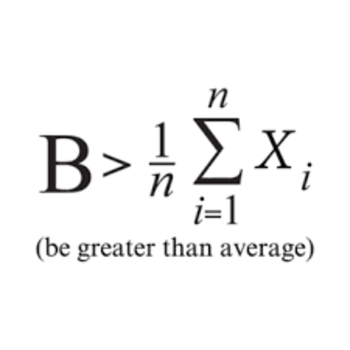What is the ratio of lactic acid (Ka = 1.37x10-4) to lactate in a solution with pH =4.59?
1 Answer
Approximately 1:5
Explanation:
If
Then the
Hence
Because each lactic acid molecule must dissociate to from one lactate ion and one oxonium ion,
If we set up a
(as it can be assumed that
Hence
So,
So from this approximation, it seems that the concentration of lactate is almost 5 times higher than that of the lactic acid, so the lactic acid to lactate is (approximately) in a 1:5 ratio.

